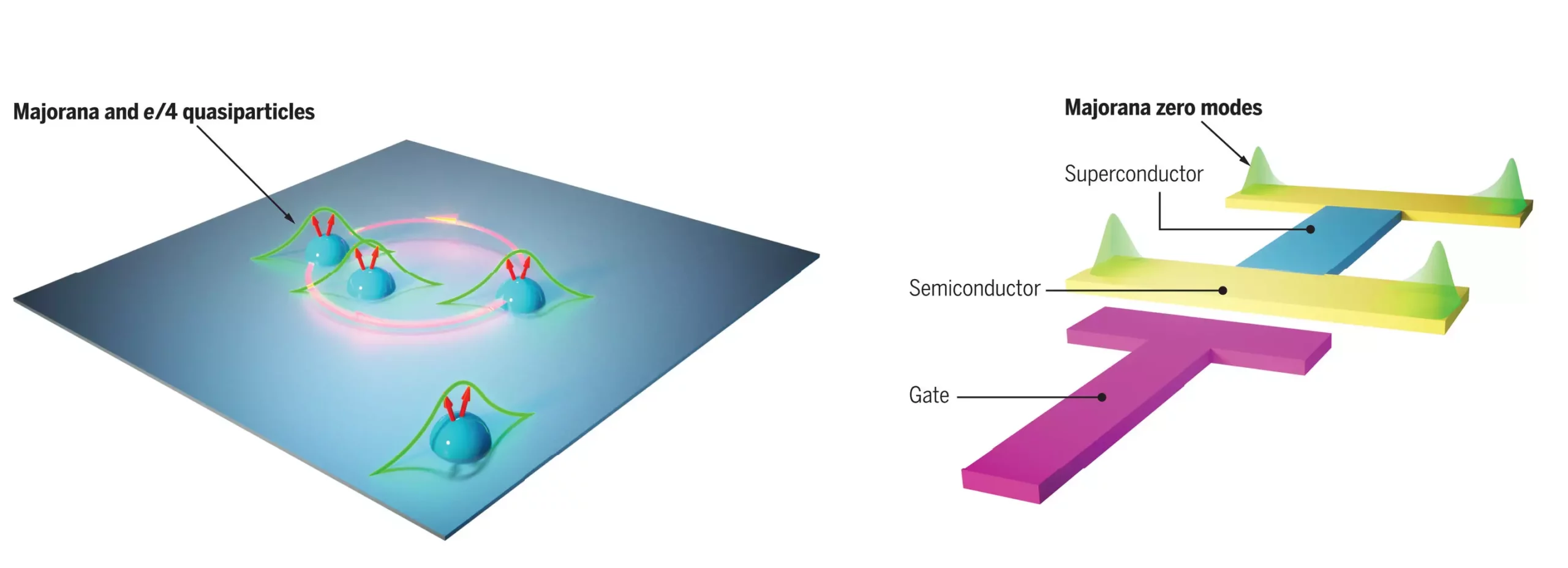Majoranas, named after an Italian theoretical physicist, are intriguing quasiparticles that have the potential to revolutionize the world of quantum computing. These particles, which exist in certain types of superconductors and in a quantum state of matter known as a spin liquid, possess unique characteristics that make them highly sought after by researchers. Unlike traditional electrons, Majoranas can exist separately and combine to form an electron. This distinctive property opens up new possibilities for storing and transferring information across vast distances.
A team of researchers, including Harvard University’s Amir Yacoby, is at the forefront of Majorana research. In a recent review paper published in Science, the team outlines the progress made in the field over the past decade. They focus on four platforms that show promise for isolating and measuring Majoranas: nanowires, the fractional quantum Hall effect, topological materials, and Josephson junctions.
Nanowires, which are thin rods made of a semiconducting material, have emerged as the most studied option for realizing Majorana-based quantum systems. Another approach involves creating an environment conducive to Majoranas by enabling the fractional quantum Hall effect, which occurs under the influence of a strong magnetic field. Additionally, topological materials with unique insulating and conducting properties and Josephson junctions consisting of superconductors separated by a normal piece of metal or semiconductor are also being explored as potential hosts for Majorana particles.
As researchers apply new techniques to different types of materials, unexpected findings often arise. According to Yacoby, part of the goal of studying Majoranas is to gain a better understanding of the signatures observed in experiments. By delving into the behavior of these peculiar particles, researchers hope to uncover groundbreaking insights that could pave the way for the development of advanced quantum technologies.
Collaborative Efforts and Technological Advancements
The research on Majorana particles aligns with the priorities of the Quantum Science Center (QSC), a DOE National Quantum Information Science Research Center. Collaborating with other QSC members, researchers are actively devising new theoretical and experimental methodologies to screen materials for Majoranas. By leveraging emerging technologies within the quantum science community, such as advanced computational tools and experimental techniques, the team is making significant strides in unraveling the mysteries surrounding Majorana particles.
The exploration of Majoranas represents a cutting-edge frontier in the realm of quantum computing. With ongoing research efforts focused on identifying suitable materials and developing innovative techniques for studying these elusive particles, the potential for unlocking their unique capabilities is within reach. By harnessing the power of Majoranas, researchers are poised to usher in a new era of quantum information processing and redefine the limits of computational possibilities.


Leave a Reply